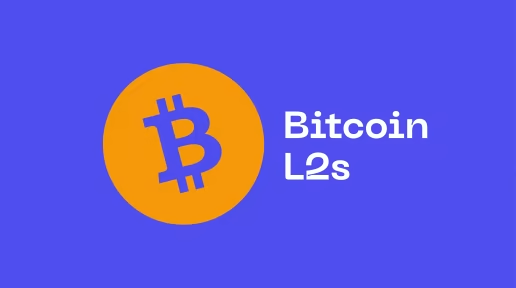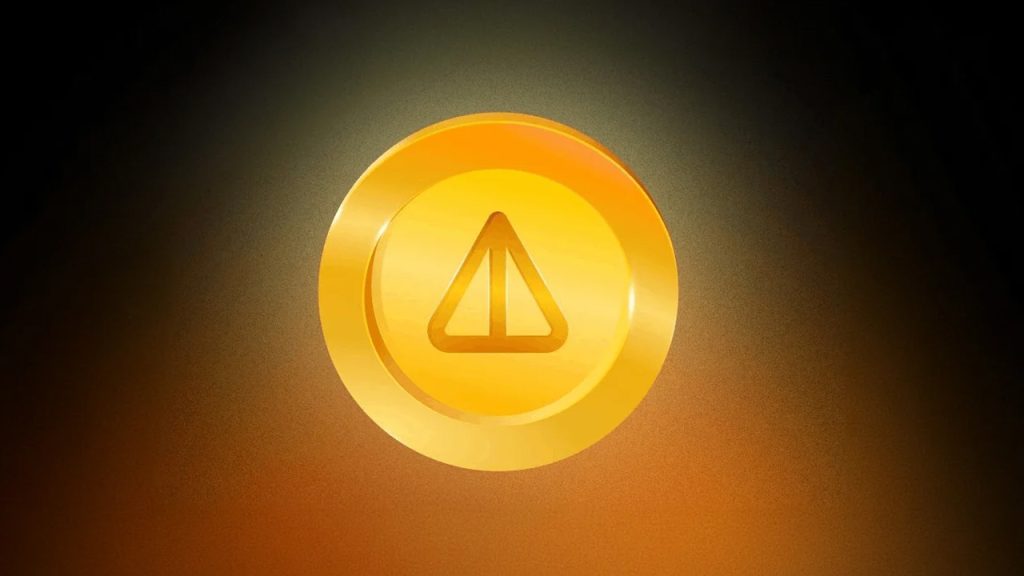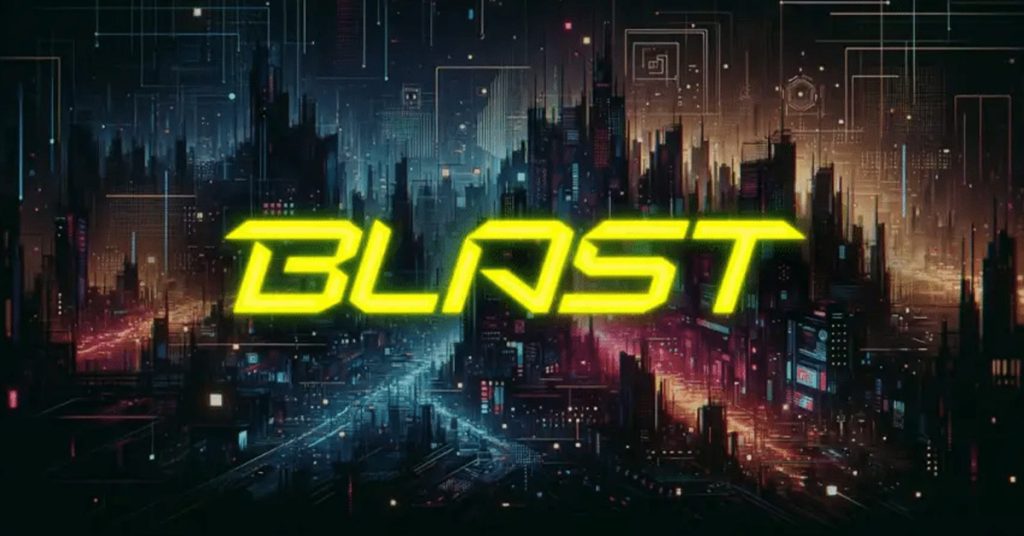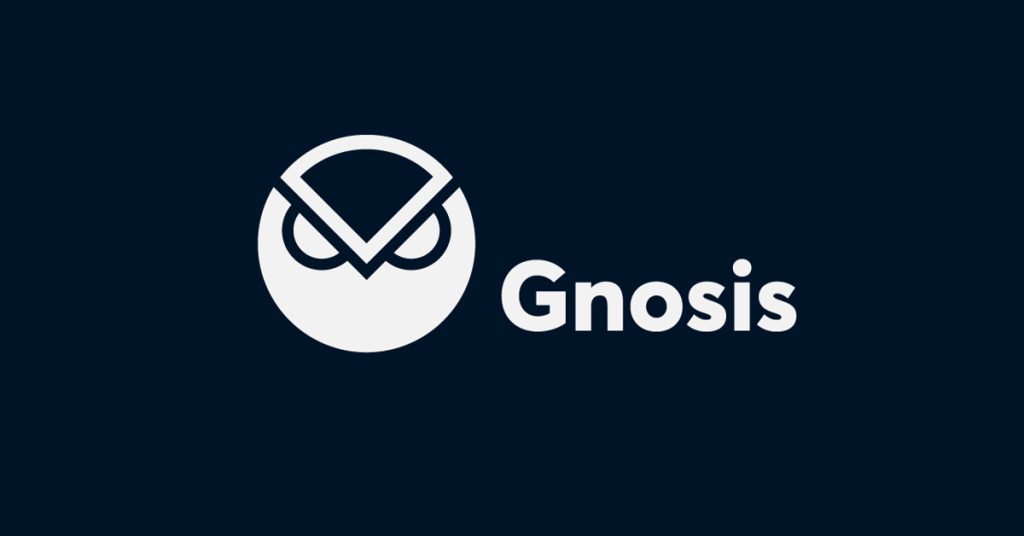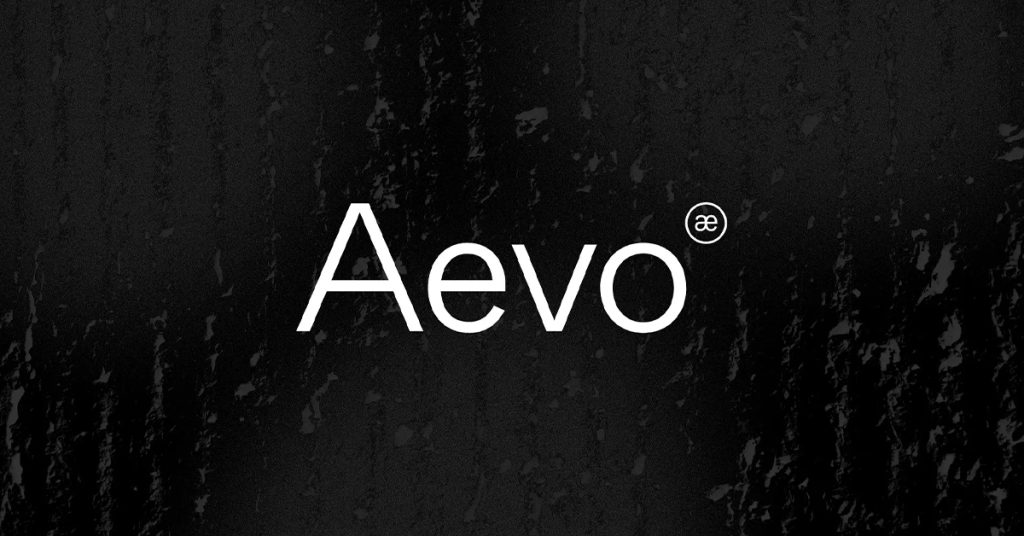What is Celestia Network? Can TIA Succeed?
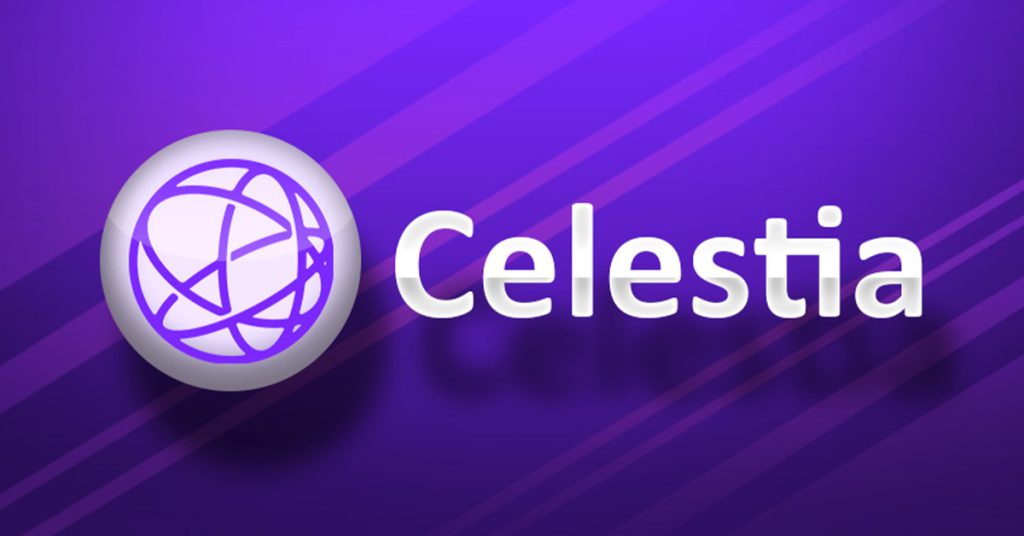
TL;DR
Everyone in the crypto community wants to know, “What is Celestia Network? Launching earlier this year with a controversial Airdrop that only the biggest whales on the block received. It's time to discuss the newest "modular" network on the scene. Expanding on the coverage of Celestia from March’s Altcoin Gems Report. Can TIA succeed after promising an Airdrop to over half a million wallets and failing to hold that promise true? That’s exactly what you’ll find out today in the latest Wealth Mastery Altcoin Review.
First, let me get everyone up to date on Celestia.
Mentioned earlier this year and prior to the rollout of its mainnet, I named Celestia as one of the three most promising projects of Q1 2024.
There was a lot of marketing making its way around the campfire prior to Celestia’s launch comparing its potential to that of Solana and other higher-quality networks. But, as time always proves, Celestia has nowhere near the capabilities or potential of Solana.
While it still has what anyone would consider an all-star team of developers on the roster, Celestia is already falling flat on its face in this saturated marketplace.
Its initial $1 Billion evaluation pulled many investors into the TIA marketplace. However, easily identified limitations and underwhelming technology have many wishing it didn’t.
So strap yourselves in and get ready for the dishonest dumpster fire that is Celestia Network.
What is Celestia Network?
Celestia bills itself as a scalable network that goes against the grain of standard protocols, citing a modular design that enables


